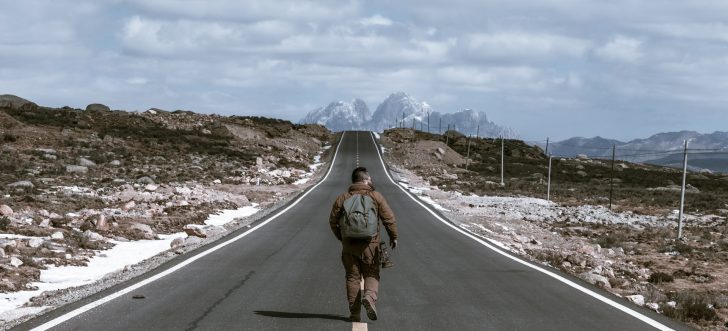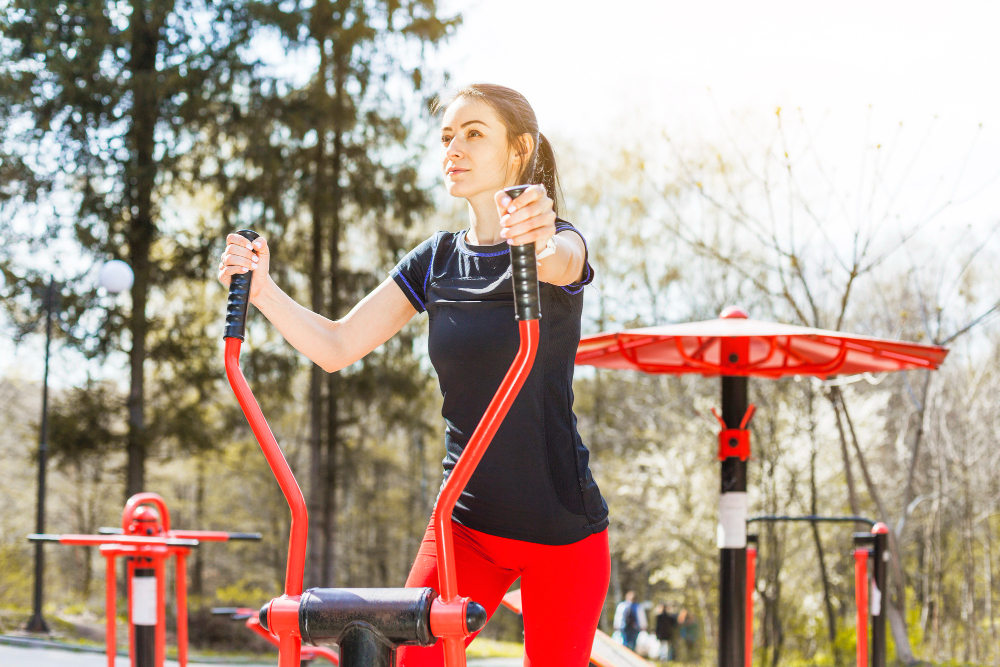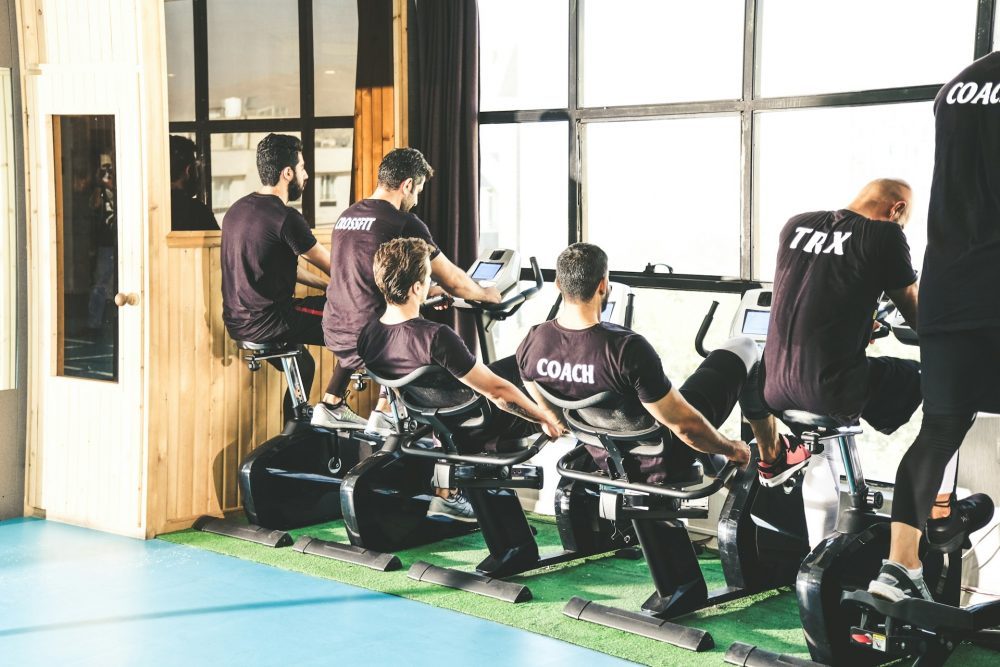Rucking is quickly becoming a popular low-impact exercise among fitness enthusiasts. But what is rucking exactly? In basic terms, rucking involves walking with weight on your back, typically in the form of a weighted backpack. This simple yet effective workout is on the rise, especially among Americans looking for a fun and accessible way to lose weight and build strength.
It transforms the regular act of walking into something much more challenging, as carrying extra weight forces your muscles to work harder, turning a casual stroll into a full-body workout.
What Is Rucking?
At its core, rucking has military roots, where the term "ruck" refers to a rucksack, or backpack, and "ruck marching" is a common part of soldier training. Soldiers often carry heavy loads while marching long distances to prepare for the rigors of combat.

Pre / Unsplash / While rucking initially started as a military necessity, it has now found a solid place in civilian fitness routines.
Now, people of all fitness levels are embracing this simple but challenging workout.
Why Is Rucking So Effective?
Rucking elevates walking from a simple cardio exercise into compound resistance training. This happens because the added weight forces your body to engage muscles that would not typically be as involved during a regular walk. With a weighted backpack, your legs, core, and even your upper body work harder to stabilize and carry the extra load.
This combination of cardio and strength training makes rucking a very efficient exercise.
Since it is a low-impact exercise, rucking is much easier on your joints compared to running or high-intensity workouts. That means it is a great option for people who want to get fitter without risking injury. The extra weight helps you burn more calories without putting undue stress on your knees or hips.
Thus, this makes it ideal for anyone who may be recovering from injury or who is looking for a gentler but effective way to lose weight and stay active.
How Does Rucking for Weight Loss Work?
What is rucking, and can it really help with weight loss? Absolutely! Because you are adding weight to your walk, you will burn more calories than walking without a backpack. The heavier the load, the more energy your body expends. This makes it a solid option for those aiming to shed pounds.

Adrian / Unsplash / As you walk with the added weight of a backpack, you are very likely to burn more calories.
However, it is important not to overdo it with the weight. Start with a manageable load - 10-15% of your body weight - and gradually increase it as your strength improves.
Another reason rucking is effective for weight loss is its accessibility. You don’t need a gym membership or expensive equipment to start rucking. All you need is a backpack and something to weigh it down, such as books, sandbags, or weight plates. This makes it easy to incorporate rucking into your daily life, whether you are taking your dog for a walk or heading out for a weekend hike.
Over time, as you consistently ruck, you will notice improvements in your endurance, strength, and weight loss.
The Mental and Physical Benefits of Rucking?
So, what is rucking, and how does it boost your mental health? Rucking offers more than just physical gains. It is also great for your mental health. Walking itself is known to reduce stress, clear your mind, and boost your mood. Adding a backpack with weight turns that peaceful walk into a rewarding challenge, increasing your sense of accomplishment.
Physically, rucking helps improve posture, balance, and core stability. Because you are carrying a weighted pack, your core muscles engage to keep you upright and balanced. Over time, this builds a stronger, more stable body, reducing the risk of injury in other physical activities.









